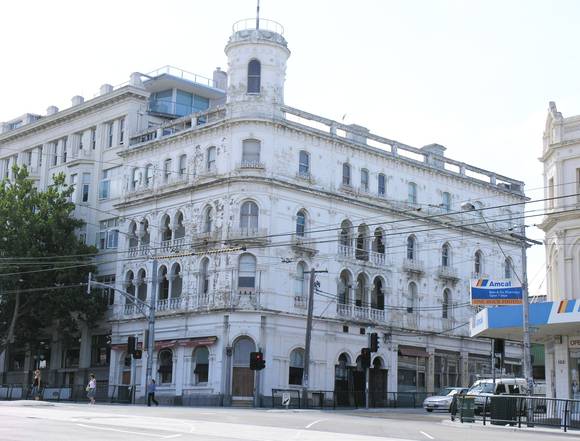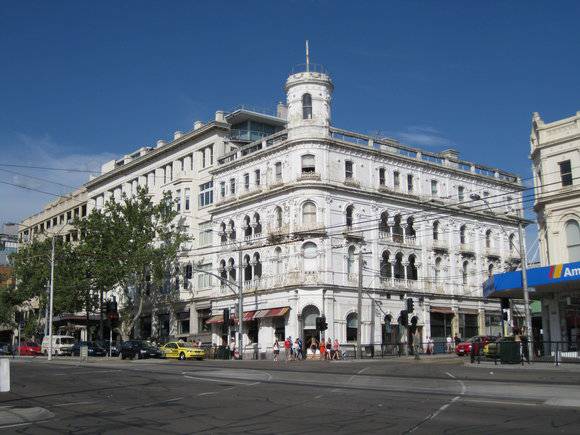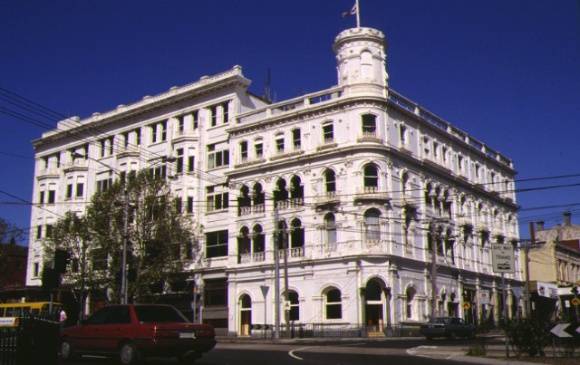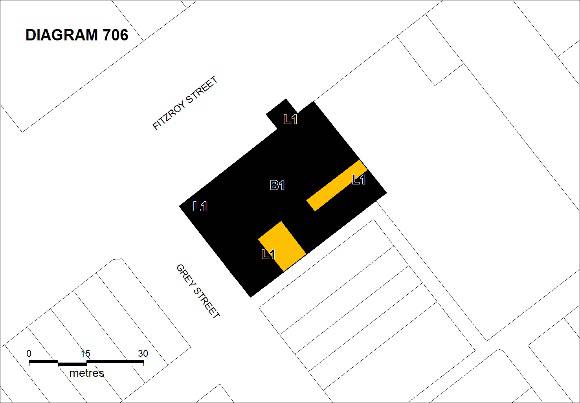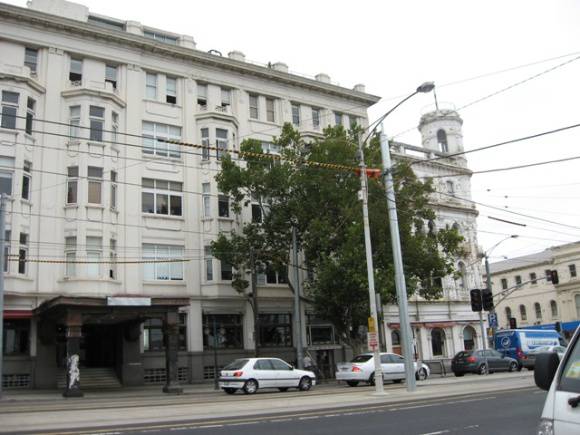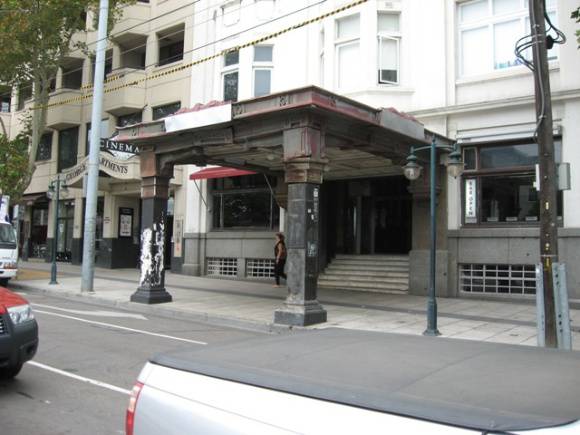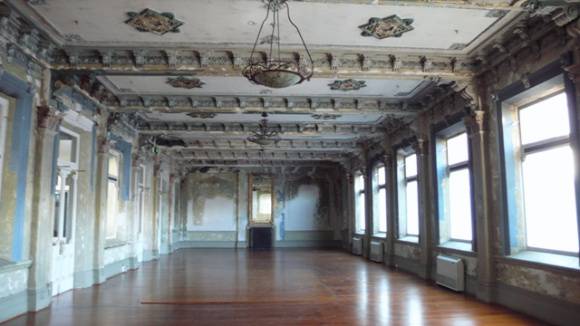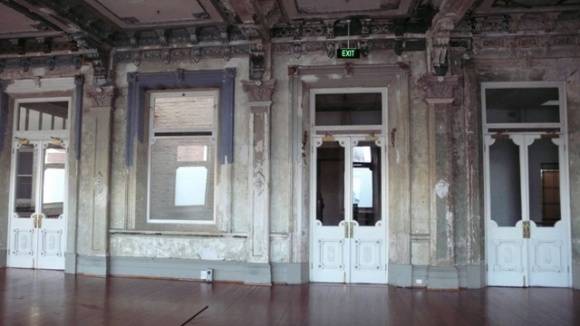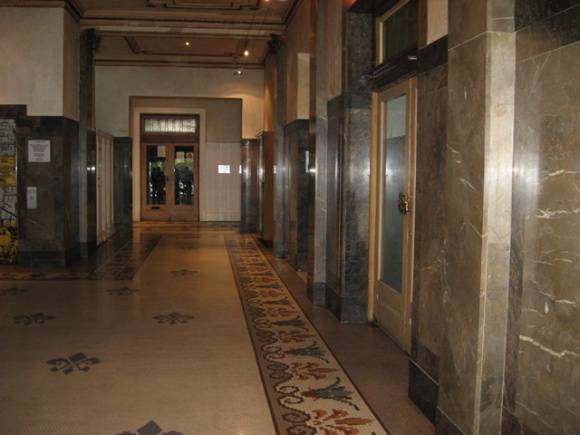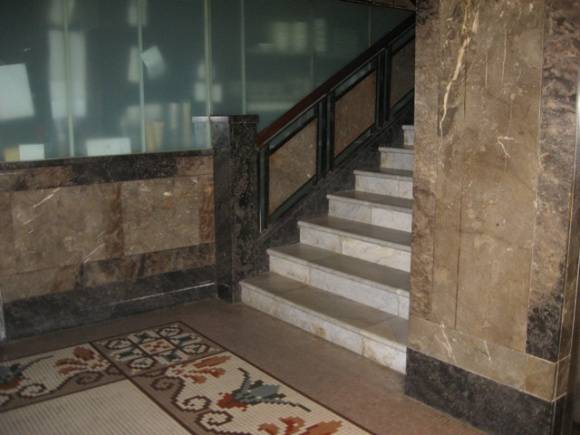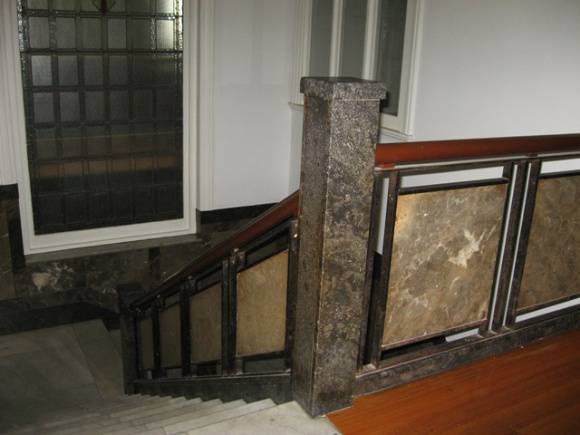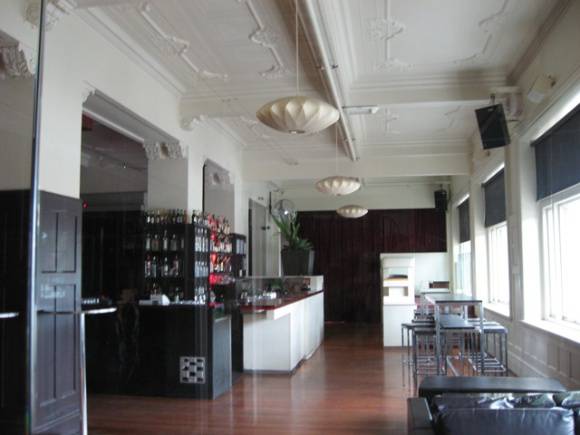| Back to search results » | Back to search page » |
|
GEORGE HOTEL
Statement of Significance
What is significant? The George Hotel, Fitzroy Street, St Kilda was first established as the Terminus Hotel in 1857. It was constructed opposite the St Kilda Railway Station, the terminus of the Melbourne to St Kilda railway line, which was opened the same year. A number of additions were made to the building in the late nineteenth and early twentieth century, extending the hotel to Grey Street and greatly enlarging the premises. Already a popular resort, the advent of the railway line to St Kilda increased the number of visitors arriving in St Kilda and the three storey, 26-roomed Terminus Hotel was ideally situated to benefit from this. By the 1860s St Kilda was one of Melbourne's most populous suburbs and it was during this period that the hotel was renamed the George Hotel and the land between the hotel and Grey Street was purchased by its owner, Charles Forster. The Terminus Hotel thrived while many others in the district had closed by the 1860s. In 1873 Frederick Wimpole purchased the George Hotel and a very long association between this family and the hotel began. Wimpole, who became mayor of St Kilda in 1886, built an adjoining two storey terrace to the west, to accommodate his family. Known as the cottage, it was designed by architect Robert Cowl. In 1880 a three storey building, containing 25 rooms and named the George Family Hotel, was constructed further west towards Grey Street, to designs by John E. Vardy. In 1890 a fourth floor was added to this section. A four storey building, designed by architect Harry B. Gibbs and erected at the corner of Grey Street in 1885-86, was Wimpole's largest addition to the George Hotel. Another wing, containing a large dining room at first floor level, was constructed at the rear of the George Family Hotel section in c1886. These additions resulted in the George Hotel becoming one of the largest hotels in suburban Melbourne. By the early twentieth century the George Hotel had over one hundred rooms, numerous bars, lounges and a dining room and was amongst Melbourne's leading hotels. Further works were undertaken at the hotel in the 1920s in an attempt to modernise its appearance. In 1923 an arcade of shops was built at the rear of the hotel, and in 1925 a five storey hotel extension, designed by H. V. Gillespie, was constructed on the site of the 1873 cottage building. In 1930 a building with matching facade was constructed across the Fitzroy Street facade of the George Family Hotel, providing additional hotel rooms. The visible facades of the present hotel comprise the 1885-86 corner building and the 1925 and 1930 additions. The corner building is in a Renaissance Revival style, typical of the 1880 boom era in Melbourne. It is a parapetted, rendered brick building of asymmetrical composition, with curved corner and circular corner tower, which was originally domed. Cornices clearly divide the facades of this building into three horizontal sections, which incorporate pilastered bays, some with open loggias. The adjoining 1925 and 1930 facade adopts a restrained classical style, with balustraded parapet and vertical bays of canted oriel windows. A deep entrance portico leads to the interior of the 1925 building which is decorated with marble wall panelling, ceiling panelling and a mosaic floor. The rear dining room is a well lit Victorian space with Corinthian wall pilasters and bracketted ceiling beams dividing the large room into windowed bays. The hotel had a variety of occupants in the early twentieth century, including permanent residents, overseas visitors, regular country guests and occasional guests. By the early 1950s St Kilda had attracted less desirable visitors, and in 1958 the Wimpole family sold the George Hotel after owning it for more than eighty years. The public areas of the hotel were subsequently updated and it became a fashionable venue in the early 1960s. In particular the c1886 dining room became the Crystal, and later the Seaview, Ballroom, and this space was used for many live musical performances through to the 1970s. The original Terminus Hotel building and the George Arcade at the rear of the building were demolished in 1976 to accommodate a drive-in bottle shop. That same year the hotel was renamed the Seaview Hotel. After closure in 1987, the hotel was purchased by Donlevy Fitzpatrick and restoration and apartment conversion was undertaken in the early 1990s. Much of the original decoration was reproduced at this time. How is it significant? The George Hotel, St Kilda is of historical and architectural significance to the State of Victoria.
Why is it significant? The George Hotel, St Kilda is of historical significance for its associations with the development of St Kilda into a premier seaside resort. Its fabric provides an illustration of the early development of this suburb, its popularity then subsequent demise in the mid-twentieth century and its rebirth in more recent years. The George Hotel, St Kilda is of historical significance for its association with the Wimpole family who operated the hotel for over eighty years and occupied it continuously over these years. Frederick Wimpole in particular developed it into a leading hotel establishment. The George Hotel, St Kilda is of historical significance as one of the largest hotels constructed in suburban Melbourne from the mid-1880s. The George Hotel, St Kilda is of historical significance for its fashionable use by long term residents until the 1950s and as a popular resort for wealthy travellers from both overseas and the country from the 1880s. The George Hotel, St Kilda is of historical significance for its popular use as a live music venue in the 1960s and 1970s. Many local musicians began illustrious careers at the Crystal, and later the Seaview, Ballroom. The George Hotel, St Kilda is of architectural significance as a fine example of the work of H. B. Gibbs, who designed the corner building (1885-86) and the dining room wing (c1886). The former dining room, now known as the ballroom, is of note as a large, decorated Victorian space which accommodated the large number of guests at the hotel. The George Hotel, St Kilda is of architectural significance for the decorative interior of the public spaces of the 1925 building.
Group
Recreation and Entertainment
Category
Hotel


